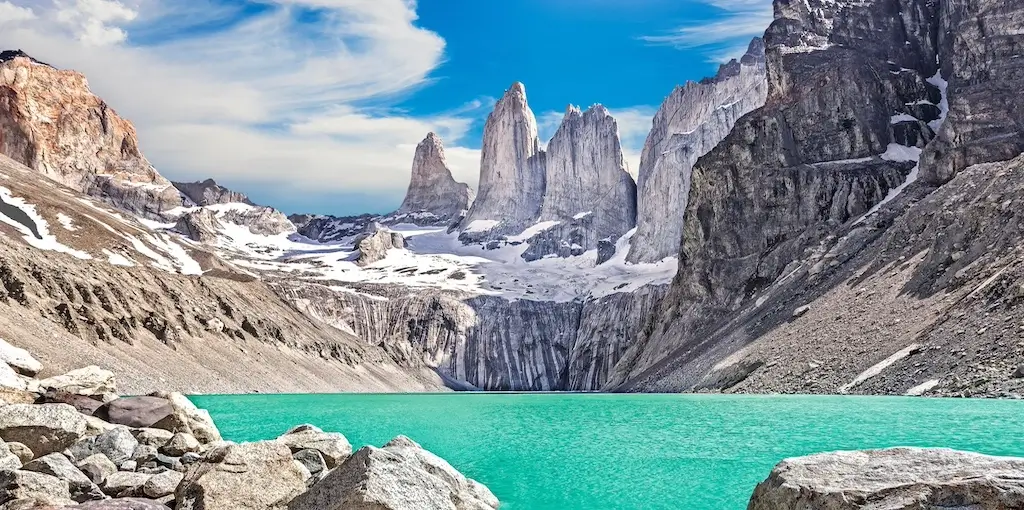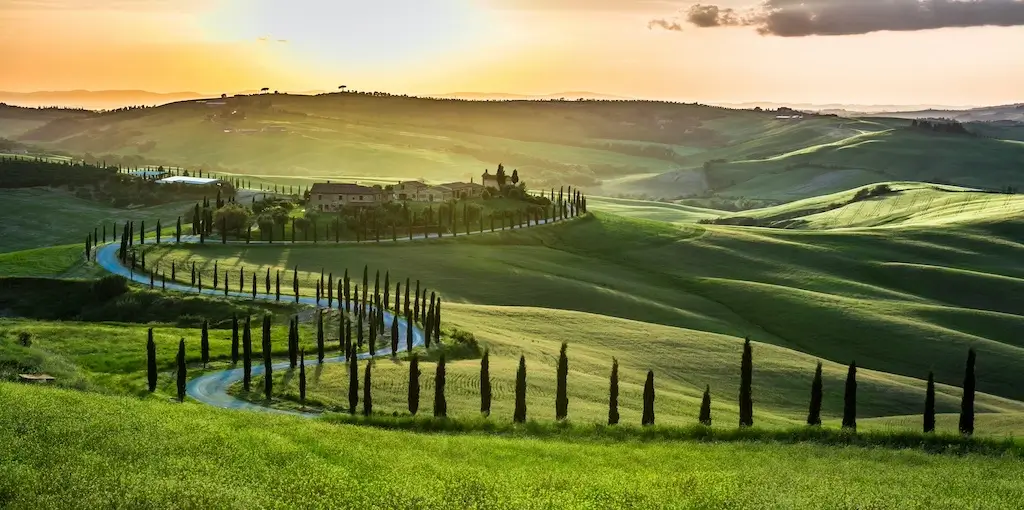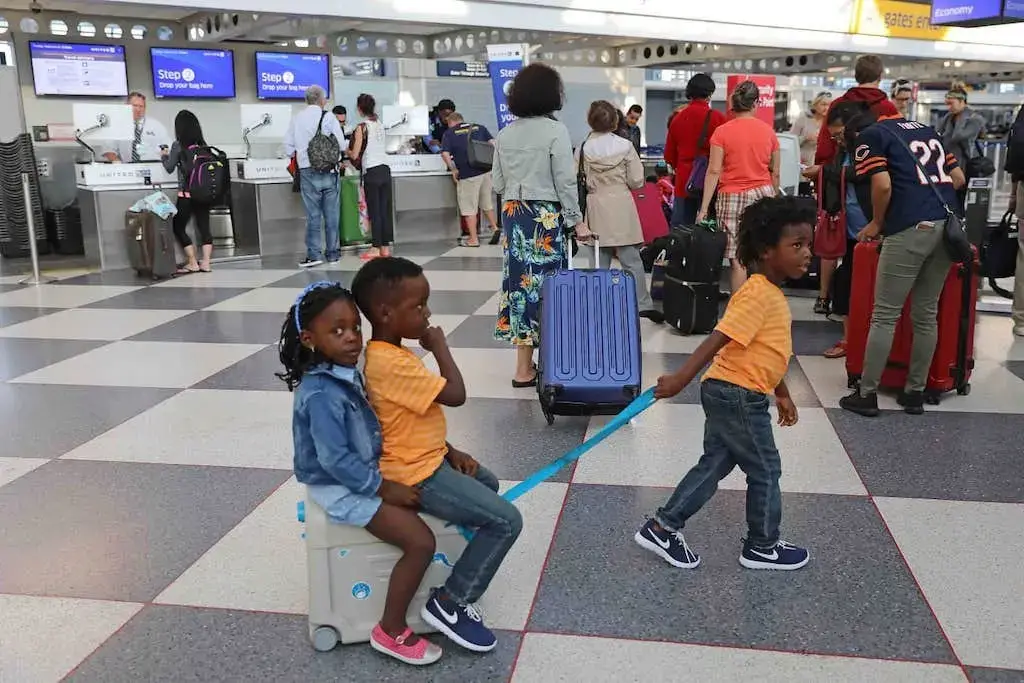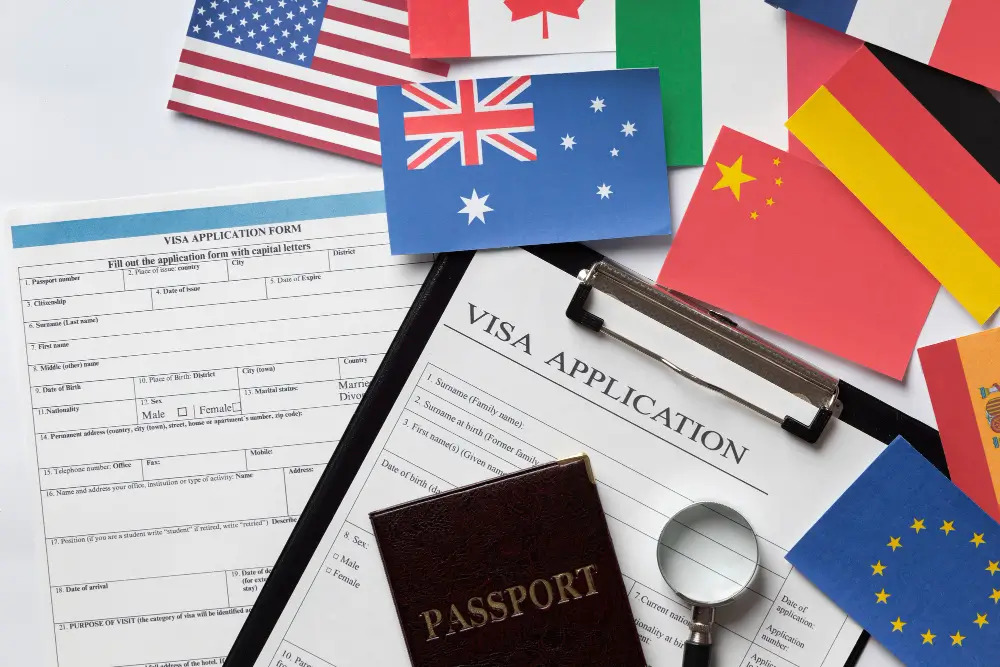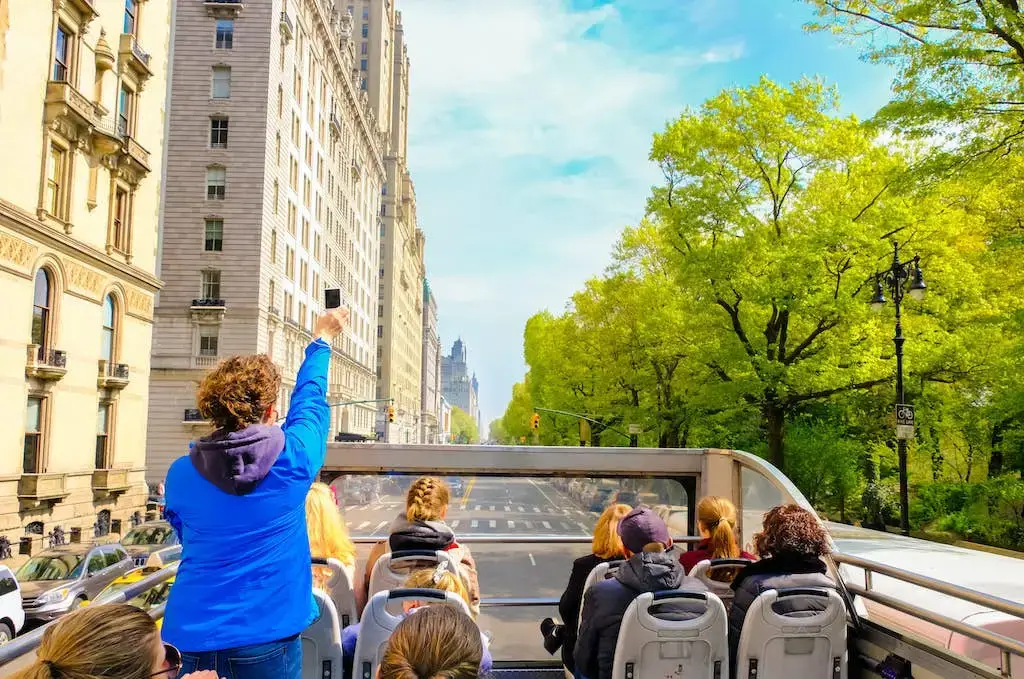Manila is the capital of the Philippines. Every year, millions of tourists across the globe visit this part of the Philippines to enjoy its beautiful culture and food. Here, we’re sharing with you our top 5 places to visit in Manila.

Intramuros
One of Manila’s oldest districts, Intramuros, also known as the “Walled City,” was established around 1571. It was constructed by the Spaniards, and it is surrounded by high, substantial walls on all sides when Spain was in charge of the nation. In Intramuros, only affluent Mestizos and Spaniards were permitted to live. Although that is evidently no longer the case now, the old structures and features continue to serve as reminders of the Philippines’ difficult past. Hospitals, military barracks, private residences, schools, churches, and different government offices are all located in this district. Intramuros has withstood and fended off numerous assaults throughout history because of its carefully thought-out strategic infrastructure.
It is the only district in Manila that has been successful in retaining its previous Spanish-era appearance. Some notable landmarks inside Intramuros are Fort Santiago, Manila Cathedral, and San Augustin Church. Fort Santiago is where Filipino national hero Jose Rizal was imprisoned prior to his execution. Manila Cathedral is the highest seat of the archbishop in the country, and San Augustin Church is the oldest church in the Philippines. Additionally, you’ll find contemporary conveniences like theaters, dining establishments, gift shops, and refreshment stands.

Binondo
Manila’s Chinatown is located in Binondo. It is the oldest Chinatown district in the world and was already a center of commerce even before the colonization of Spain. Along with its many shopping options and Chinese restaurants, Binondo’s main attractions are its historic churches and temples. Binondo Church or Minor Basilica of St. Lorenzo Ruiz is a historic Catholic place of worship and is named after the first Filipino saint. However, this is not a place where only religious activities are practiced. The Seng Guan Temple and the Kuang Kong Temple are also two well-known Buddhist temples in the district.
A Filipino-Chinese Friendship Arch can be found in the district symbolizing the unique history and relationship between the two communities. Another well-known landmark in the district is Divisoria, a shopping center that serves as a marketplace for suppliers, buyers, and bargain hunters.

Manila bay
City dwellers frequent Manila Baywalk as a favorite spot to watch the sunset. This sidewalk is well-known for its sunny skies, decorative plants, yachts anchored in front of the harbor’s cafes and eateries, and ornamental plants. The Manila Baywalk has a wide variety of options for leisure activities, including outdoor dining establishments, outdoor bars, dance clubs, cafés, and live music venues. Cyclists, joggers, and walkers are among the many sports and fitness enthusiasts who frequent this area. You can take daily cruises to see the area’s vibrant nighttime lights from the top deck of a boat. It is also a short distance from SM Mall of Asia, one of the biggest malls in Asia.

Poblacion
Manila’s red light district is located in Makati’s Poblacion neighborhood. It is a vibrant, trendy neighborhood in the city where artists from across the metro go to hang out. Backpacker lodgings can also be found in Makati’s Poblacion. Nightclubs, live music venues, and late-night diners serving western-style dishes, Arabic-style dishes, and street food make up the nightlife on Kalayaan Avenue and the streets nearby. Poblacion can be difficult to navigate for first-timers because of the large number of businesses in the area, including cozy cafes, secret bars, and diners that put a hip contemporary spin on traditional concepts. A night out in the district is worth it, from the food and music to the girls.

Rizal Park
Manila’s Rizal Park is a haven of flowers and greenery. This urban park, which honors Dr. Jose Rizal as the national hero of the Philippines, features gardens, historical monuments, a 3D map of the country, picnic areas, a large stadium, and an outdoor concert venue. It was more than just a common area; it was where Rizal and 100 other Filipino martyrs were put to death, making it an important location in Philippine history. A pleasant morning stroll through Manila’s Rizal Park provides an opportunity to observe locals jogging or engaging in friendly competition. It’s appropriate for a lovely picnic. Locals and visitors frequently congregate in the evening to enjoy the dancing musical fountain.


